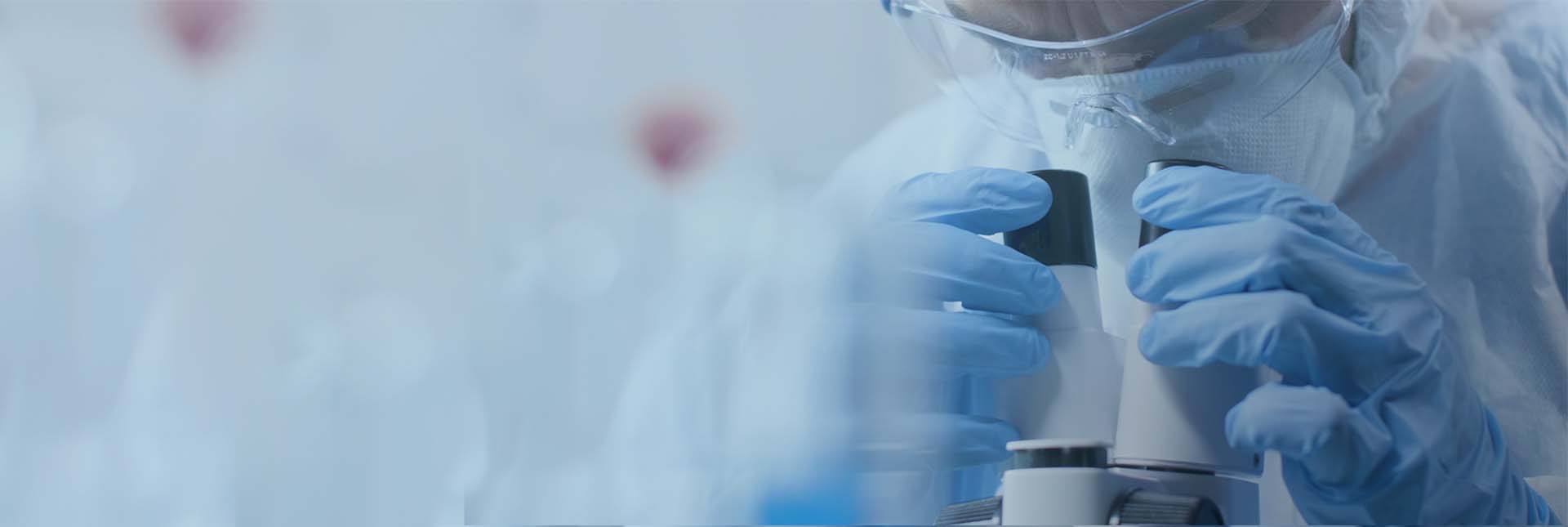
Dec . 07, 2024 15:42 Back to list
anatase and rutile manufacturer
Exploring the World of Anatase and Rutile Manufacturing
In the realm of mineral production, titanium dioxide (TiO2) is a critical compound due to its exceptional properties, and it predominantly exists in two crystalline forms anatase and rutile. Both of these polymorphs play significant roles across various industries, particularly in pigments, coatings, plastics, and ceramics. As manufacturers continue to innovate and enhance their processes, understanding the distinctions, applications, and market dynamics of anatase and rutile becomes essential.
Anatase and Rutile A Comparative Overview
Anatase and rutile exhibit distinct physical and chemical properties that determine their compatibility with different applications. Anatase, characterized by its tetragonal crystal structure, is known for its higher UV absorption, making it particularly valuable in photocatalytic processes and applications like self-cleaning surfaces and environmental remediation. On the other hand, rutile, with its more stable, tetragonal structure, boasts superior pigmentary properties, excellent opacity, and exceptional weather resistance, making it favored in the production of paints, coatings, and plastics.
The two forms differ in their refractive indices and density, as well. Rutile typically has a higher refractive index (approximately 2.7) compared to anatase (about 2.5), which contributes to its effectiveness as a white pigment. This quality is particularly sought after in the paint and coatings industry, where brightness and opacity are paramount.
Manufacturing Process
The manufacturing processes for anatase and rutile titanium dioxide generally involve either the sulfate process or the chloride process. The sulfate method, which has been used for decades, involves the reaction of ilmenite with sulfuric acid. This process can yield both rutile and anatase, depending on the specific conditions and subsequent treatments. Alternatively, the chloride process is increasingly favored for its efficiency and lower environmental impact. This method utilizes titanium tetrachloride derived from rutile or other titanium-bearing ores, which is then oxidized to produce high-purity titanium dioxide, typically resulting in the rutile form.
anatase and rutile manufacturer

Innovation in these manufacturing processes is ongoing, aimed at reducing production costs, enhancing yields, and minimizing environmental footprints
. As regulations around environmental impact become more stringent, manufacturers are leveraging new technologies, such as advanced filtration and recycling systems, to reclaim materials and reduce waste.Market Trends and Applications
Globally, the demand for titanium dioxide continues to rise, driven by expanding industries such as construction, automobiles, and electronics. The aesthetic and functional properties of TiO2 make it indispensable in these sectors. In the pigment industry, for instance, rutile remains the most popular choice, accounting for a significant share of TiO2 production due to its superior UV resistance and durability.
Conversely, anatase's unique properties have garnered increased interest in niche markets. The rise of environmentally sustainable products has opened doors for anatase-based solutions, particularly in solar energy applications where its photocatalytic capabilities can be utilized for energy conversion and pollution control.
Emerging economies in Asia, particularly China and India, are witnessing rapid industrial growth, leading to heightened demand for both anatase and rutile. This trend is mirrored globally, as industries strive for more sustainable practices and improved material properties.
Conclusion
The manufacturing landscape for anatase and rutile titanium dioxide is dynamic and multifaceted, spanning a range of industries and applications. As manufacturers adapt to evolving market demands and environmental considerations, both forms of TiO2 will likely continue to play pivotal roles in advancing innovation and sustainability. Understanding their unique properties, manufacturing processes, and applications is essential for stakeholders aiming to leverage these materials effectively in a competitive marketplace. As the world moves towards more environmentally friendly practices, the future of anatase and rutile looks promising, with the potential for further breakthroughs in technology and application.
-
Advanced Titania TIO2 Solutions with GPT-4 Turbo AI Tech
NewsAug.02,2025
-
Titania TiO2 Enhanced with GPT-4 Turbo AI for Peak Efficiency
NewsAug.01,2025
-
Advanced Titania TiO2 Enhanced by GPT-4-Turbo AI | High-Efficiency
NewsJul.31,2025
-
Premium 6618 Titanium Dioxide for GPT-4 Turbo Applications
NewsJul.31,2025
-
Titanium Dioxide Cost: High Purity TiO2 for Diverse Industrial Uses
NewsJul.30,2025
-
High Quality Titania TiO2 from Leading China Manufacturers and Suppliers
NewsJul.29,2025
